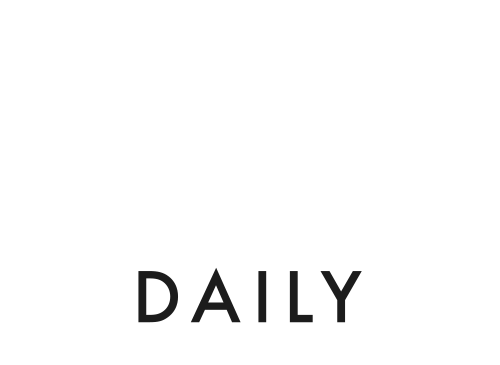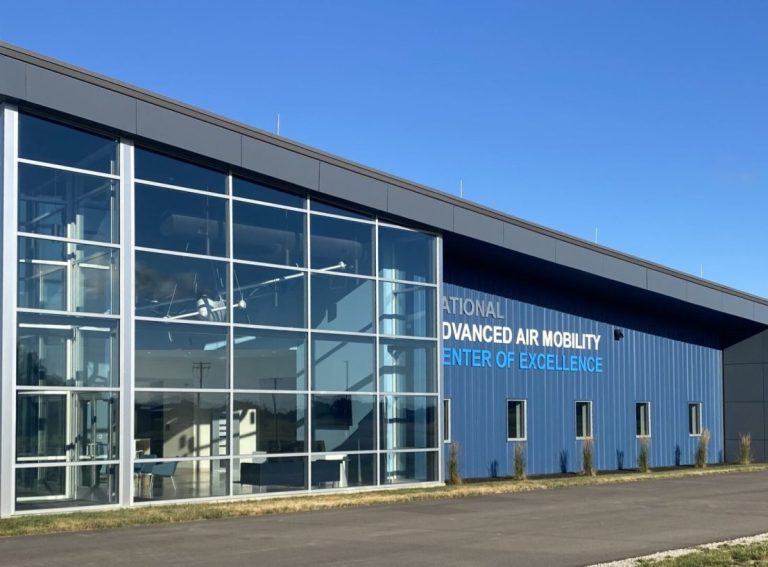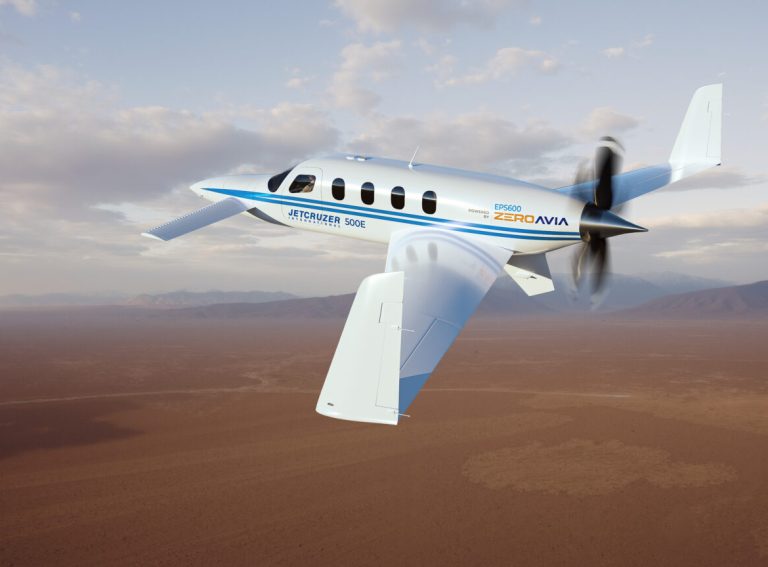The latest Global AAM/UAM Market Map report has identified 1,504 vertiports planned worldwide, marking an increase of 500 since the last update in September 2024.
However, due to eVTOL programme failures and regulatory delays, the report estimates that only 980 of these will be built between 2025 and 2029.
In 2024, only 24 vertiports began construction globally. In contrast, China alone has committed to over 100 new vertiports in Guangdong province by 2027 as part of its government-backed ‘low altitude economy’ initiatives.
“We have identified every vertiport programme in the public domain currently planned or underway,” Philip Butterworth-Hayes, Editorial Director of Unmanned Publications Ltd and author of the report, told Zag Daily. “It has been an exercise in understanding which programmes are realistic and what is just smoke and mirrors.”
China dominates the market and the US follows
The biggest growth area is in the Far East, particularly China, which now accounts for more than 50% of all planned vertiports. In the last five months alone, 388 new vertiport programmes have been added in China. Shenzhen has pledged to invest 12 billion yuan (USD1.7 billion) in its low-altitude economy, planning over 1,200 take-off and landing platforms for air taxis and drones by 2026.
“One of the most interesting things we discovered is the massive amount of money going into China from local authorities, specifically government owned tourist development agencies, and being pumped into developing infrastructure. We know places like Shenzhen have clear plans to build over 300 vertiports in the next 3 years,” said Butterworth-Hayes.
While China leads, Butterworth-Hayes also points to the significant push in the U.S., where interest in vertiports is growing despite the lack of detailed certification frameworks. “It’s surprising to see how aggressively the U.S. is moving ahead even though the certification criteria, including emergency services training, aren’t fully in place yet.”
He attributes some of this momentum to competition with China, but primarily credits the emergence of large and well-capitalised eVTOL companies like Archer and Joby for building trust in the market.
Can Europe catch up?
Meanwhile, Europe appears to be falling behind. Butterworth-Hayes argues that AAM is not yet a political priority for European governments, and the continent faces significant regulatory and funding barriers.
“The role of stakeholders in Europe hasn’t been properly addressed. In the UK, for example, you need to pass 80 different building regulations before you can construct near a community. On top of that, Europe hasn’t allocated serious funding for vertiport infrastructure, and costs are much higher than in places like Australia, where they are starting with low-cost models,” he said.
Looking beyond 2029, Butterworth-Hayes is sceptical about Europe’s ability to close the gap. “No. China is starting from a position 15 years ahead of us in autonomous systems. That’s a huge lead.”
There’s also the issue of investment in eVTOL certification. “It costs about $2 billion to certify an eVTOL. While Europe has great projects, I can’t see where that money is coming from. The U.S., China, and even Brazil have clearer funding routes,” he explained.




